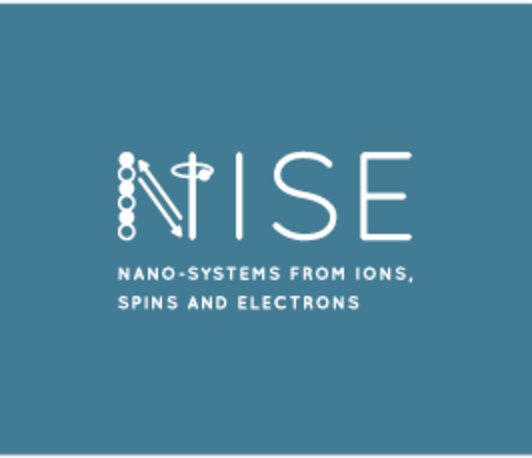Gauge Invariant Quantum Kinetic Theory of Multiband Electron Systems - Applications to Spintronics and Orbitronics
Seminar
- Datum: 21.06.2024
- Uhrzeit: 10:30 - 12:00
- Vortragender: Thierry Valet
- Université Grenoble Alpes, CEA, CNRS, Grenoble INP, Spintec, 38054 Grenoble, France
- Ort: Max-Planck-Institut für Mikrostrukturphysik, Weinberg 2, 06120 Halle (Saale)
- Raum: Lecture Hall, B.1.11

In a recent work [1], we have established the foundations of a U(1) x SU(N) gauge invariant quantum kinetic theory of general N-bands electron systems, driven by classical electromagnetic fields slowly varying in time and space on atomic scales. In this talk, we will start with a general overview of the salient new features of this formalism, insisting on how we have recently extended it to weakly disordered systems, and how we can insure full equivalence with Kubo linear response theory under some well-defined hypothesis. Then, we will illustrate the power of this framework on selected examples in spintronics. Namely, we will show how concrete calculations shed new light on the subtle interplay between quantum geometry and disorder, in modulating the spin Hall effect [2] and the spin-orbit torque effect [3]. The importance of vertex corrections, and how our approach captures them seamlessly, will be specially discussed. We will then turn our focus to orbitronics [4], with the derivation of a new mechanism responsible for out-of-equilibrium orbital coherence, which may explain the recent observations of current induced edge orbital accumulation in thin films of centrosymmetric normal metals [5]. In conclusion, we would like to open a perspective towards the development of new numerical simulation capabilities, whose theoretical underpinning is provided by our formalism, and that we believe will help bridge the current gap between microscopic material modeling (DFT-Wannier) and device modeling at the mesoscopic scale.
[1] T. Valet and R. Raimondi, Semiclassical kinetic theory for systems with non-trivial quantum geometry and the expectation value of physical quantities, EPL, 143, 26004 (2023).
[2] R. Raimondi, C. Gorini, P. Schwab, and M. Dzierzawa, Quasiclassical approach to the spin Hall effect in the two-dimensional electron gas, Phys. Rev. B, 74, 035340 (2006).
[3] D. G. Ovalle, A. Pezo and A. Manchon, Spin-orbit torque for field-free switching in C3v crystals, Phys. Rev. B, 107, 094422 (2023).
[4] D. Go, D. Jo, H.-W. Lee, M. Klaui and Y. Mokrousov, Orbitronics: Orbital currents in solids, EPL, 135, 37001 (2021).
[5] I. Lyalin, S. Alikhah, M. Berritta, P. M. Oppeneer, and R. K. Kawakami, Magneto-Optical Detection of the Orbital Hall Effect in Chromium, Phys. Rev. Lett., 131, 156702 (2023).